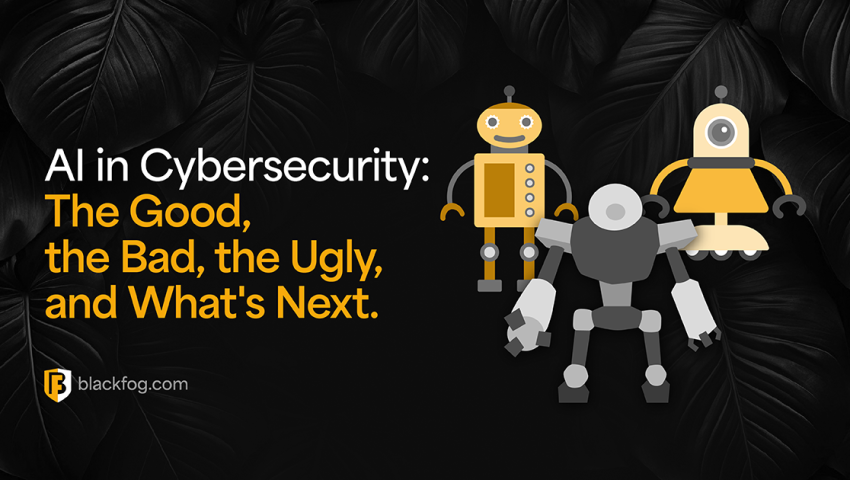
How AI is Transforming Cybersecurity: The Good, the Bad, and the Ugly
Artificial Intelligence (AI) is revolutionizing cybersecurity, offering unprecedented capabilities to protect systems, detect threats, and respond to attacks.
At the same time, AI introduces new risks, making the cybersecurity landscape both more effective and more dangerous. Understanding the dual-edged nature of AI is essential for organizations preparing for the future of digital defense.
The Good: AI as a Cyber Defender
AI-powered security tools are transforming how organizations detect and respond to cyber threats. Machine learning algorithms can analyze massive volumes of data in real time, identifying anomalies and potential breaches that human analysts might miss. AI can automate threat detection, prioritize risks, and even suggest mitigation strategies, dramatically reducing response times. For example, behavioral analysis powered by AI can detect unusual login patterns or network traffic, flagging potential intrusions before they escalate. AI also enables predictive security, using historical data to anticipate attacks and prevent them proactively.
The Bad: AI in the Hands of Cybercriminals
Just as AI strengthens defenses, attackers are leveraging it to enhance offensive capabilities. AI can be used to craft highly convincing phishing emails, generate malicious code, or even automate attacks at a scale impossible for human hackers. Sophisticated malware can now adapt to its environment, evading traditional signature-based antivirus solutions. Additionally, AI can analyze large datasets to identify vulnerabilities faster, making zero-day exploits and targeted attacks more efficient.
The Ugly: AI-Powered Deepfakes and Social Engineering
One of the most alarming developments is the use of AI in social engineering attacks. Deepfake technology allows attackers to create realistic video or audio impersonations of trusted individuals, tricking employees into divulging sensitive information or authorizing fraudulent transactions. These attacks blur the line between reality and deception, posing significant challenges for detection and prevention.
Balancing AI in Cybersecurity
Organizations must approach AI with a balanced strategy. While AI-driven tools improve threat detection and response, relying solely on automation can create blind spots. A combination of AI technology, skilled human analysts, robust policies, and continuous employee training is critical. Ethical AI usage, transparency, and governance frameworks also play a vital role in ensuring AI enhances security without introducing undue risks.
Conclusion
AI is reshaping cybersecurity in profound ways. It offers powerful defenses, enhances efficiency, and provides predictive insights, but it also equips attackers with new tools and amplifies social engineering risks. Organizations that understand both the potential and the pitfalls of AI, and invest in a layered approach combining technology and human expertise, will be best positioned to navigate the evolving cyber threat landscape.
Mrityunjay Singh
Leave a comment
Your email address will not be published. Required fields are marked *

